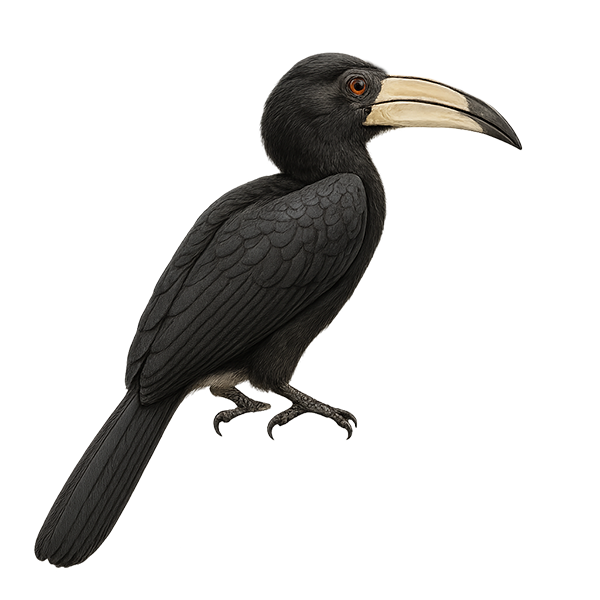Your wildlife photography guide.
Explore the african pied hornbill in detail, study its behavior, prepare your shots.
Where to observe and photograph the african pied hornbill in the wild
Learn where and when to spot the african pied hornbill in the wild, how to identify the species based on distinctive features, and what natural environments it inhabits. The WildlifePhotographer app offers tailored photography tips that reflect the african pied hornbill’s behavior, helping you capture better wildlife images. Explore the full species profile for key information including description, habitat, active periods, and approach techniques.
African Pied Hornbill
Scientific name: Lophoceros fasciatus

IUCN Status: Least Concern
Family: BUCEROTIDAE
Group: Birds
Sensitivity to human approach: Suspicious
Minimum approach distance: 10 m
Courtship display: March to May
Incubation: 23-25 jours
Hatchings: March to June
Habitat:
Tropical forests, wooded savannas
Activity period :
Primarily active during the day, with peak activity in the morning and late afternoon.
Identification and description:
The African Pied Hornbill, or Tockus fasciatus, is a striking bird known for its black and white plumage and distinctive silver cheeks. Found mainly in West Africa, it inhabits tropical forests and wooded savannas. Its diet consists mainly of fruits, insects, and small vertebrates. Known for its social behavior, the hornbill is often seen in small groups or pairs. It nests in tree cavities, where the female is sealed in during incubation. The male provides food until the young are ready to leave the nest. This species plays a crucial role in seed dispersal, contributing to the health of forest ecosystems.
Recommended lens:
400 mm – adjust based on distance, desired framing (portrait or habitat), and approach conditions.
Photography tips:
To photograph the African Pied Hornbill, it's advisable to use a telephoto lens of at least 400mm to capture detailed images from a distance. Look for them early in the morning when they are most active. Be patient and discreet to avoid scaring them away. Tropical forests provide interesting natural lighting but can be dark, so adjust your ISO accordingly. Try to capture their unique social behavior, such as food sharing or group interactions.
The WildlifePhotographer App is coming soon!
Be the first to explore the best nature spots, track rutting seasons, log your observations, and observe more wildlife.
Already 1 439 wildlife lovers subscribed worldwide

